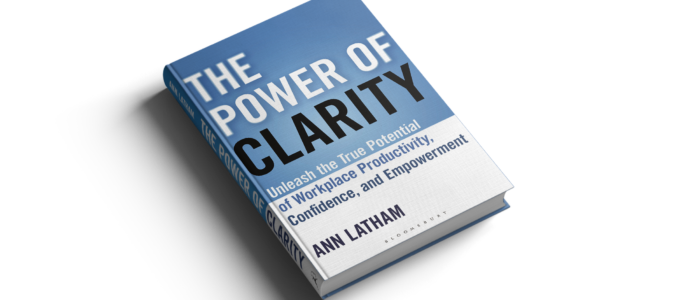I am so honored and appreciative that these amazing, busy people took the time to read my newest book and provide an endorsement!
One year ago, a brewery opened in our town. Inside a beautiful old historic brick landmark that the owners restored, they brew excellent beer and have created a charming setting that attracts tourists, locals, and, with the Presidential race underway, candidates. So far, I have shared a pint with Beto O’Rourke and hobnobbed with Tulsi Gabbard, as well as friends and family. This brewery is just a tremendous asset for the town. But these young owners could teach other business folk a few lessons too. In particular, they’ve taught me some lessons about consistency. In the first several months, they made many significant changes. After financing some of their final building efforts with an IndieGoGo campaign that awarded growlers to donors, they decided not to sell growler refills. After posting beer prices, and then posting new prices, they posted new prices yet again. After announcing the availability of flights, they quit serving flights. Every day—of course I wasn’t actually in there every day!—they seemed to change the rules.
I just bought a car that flies in the face of the advice I’ve received from lots of my most successful colleagues. I can’t even name the fancy brands I “should” have been considering in order to impress people. And this has got me thinking about my own brand. Brand matters! Absolutely! But…
I hate to admit it, but that guy yelling at his phone could have been me a couple of times recently! And I promise you, you don’t want to be the company that does that to people! Most of my clients’ companies, whether large or small, want to treat their customers well. They know that they don’t always succeed. They make mistakes. And they aren’t always aware of how they are perceived by customers and prospective customers. However, they try. At least they say they try. They all say they care.
The street carts in Ljubljana’s Public Market serve up a gourmet feast of Argentinian beef, Slovenian pastries, grilled vegetables, crazy pancakes, and more. Too bad you can’t enjoy them all with a nice glass of wine. But you can!
Turtlenecks are making a comeback. It took their comeback to make me realize they had pretty much disappeared! Not counting the ones I continued to wear, of course. I just don’t notice these things. It’s good that my business doesn’t depend on my attention to high fashion! But it is a huge problem when you are oblivious to factors that matter to your success. I encountered several retailers this holiday season who fit that description. They don’t seem to have noticed that:
For the average person, the act of planning involves creating a list of action items. If you’ve been around the block a few times, you are wise enough to want names and dates connected to each of those action items. With a good solid list in hand, you probably feel ready to plunge ahead. What if I told you that creating that list of action items isn’t the first step of planning, but the third? If you started that way, you skipped two important steps. And what if I told you that plunging ahead once you’ve completed that plan means you’ve skipped the fourth step as well?
Just because you build it doesn’t mean they will come. You need to give customers clear reasons to part with their money and to do so with you. The clearer you are about what constitutes your competitive advantage, the easier it is to focus your efforts and investments, market your products, and convince your customers. Don’t fall into the trap of believing all anyone cares about is money. Here are 10 perfectly good reasons why your products and services could be chosen over those of other companies.
The biggest problem with the way organizations think about strategy is they confuse strategy with plans. They aren’t the same thing. Strategic planning is an oxymoron. It is also the reason why strategic planning often misses the mark and why I always work extra closely with prospective clients to clarify expectations before I even agree to work with them. Let’s start with a definition

